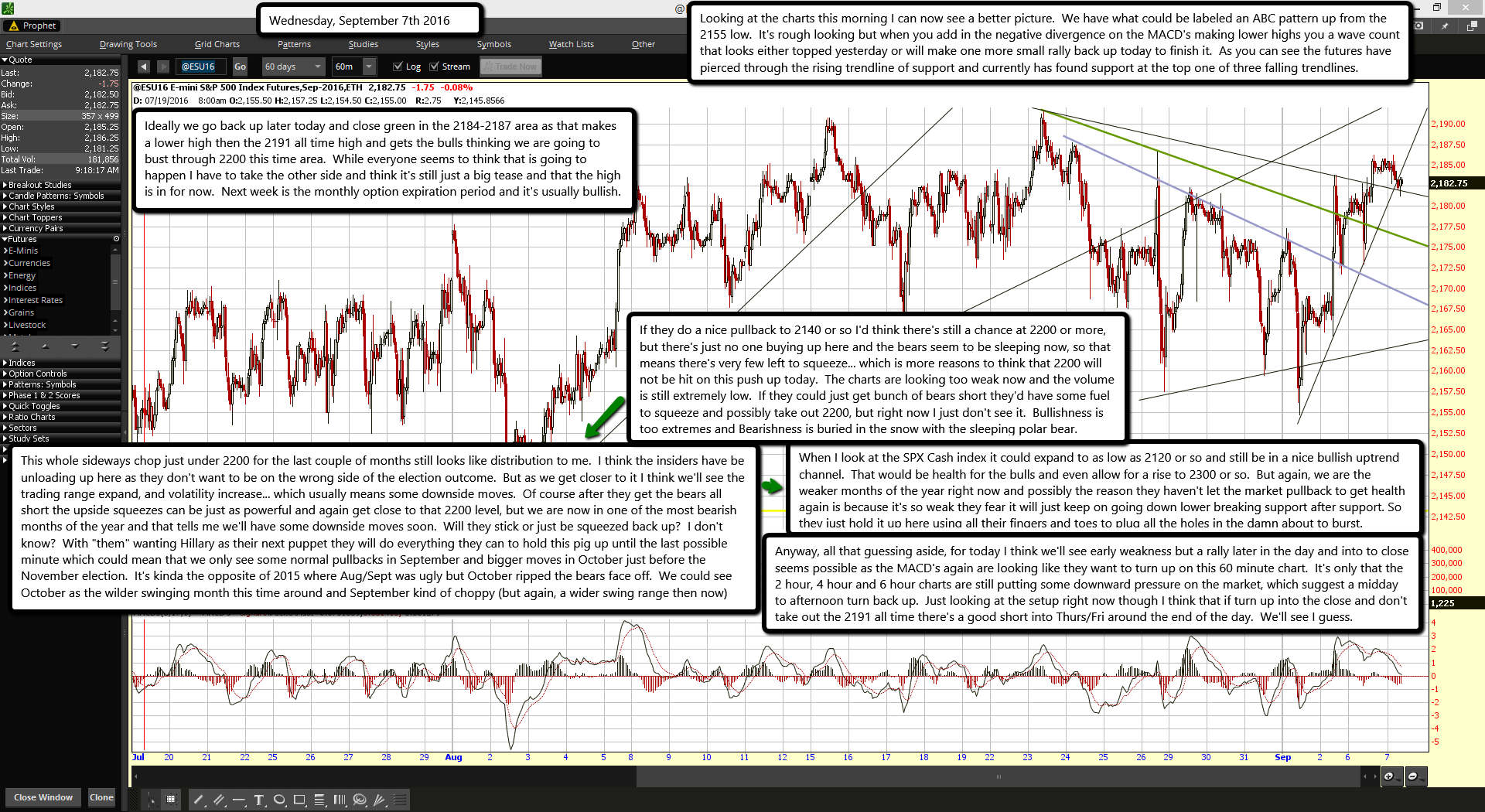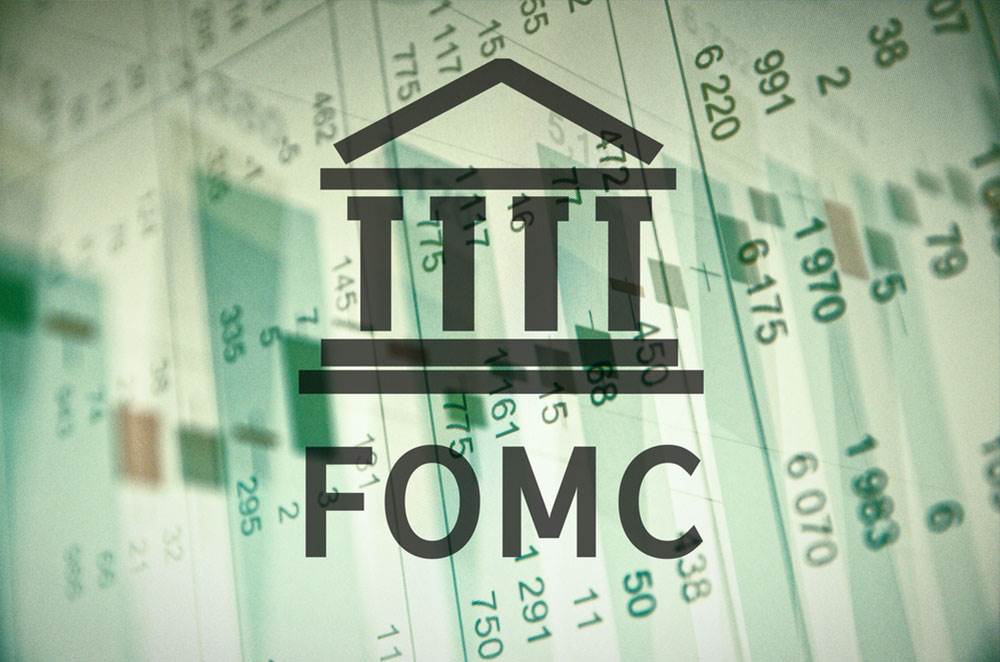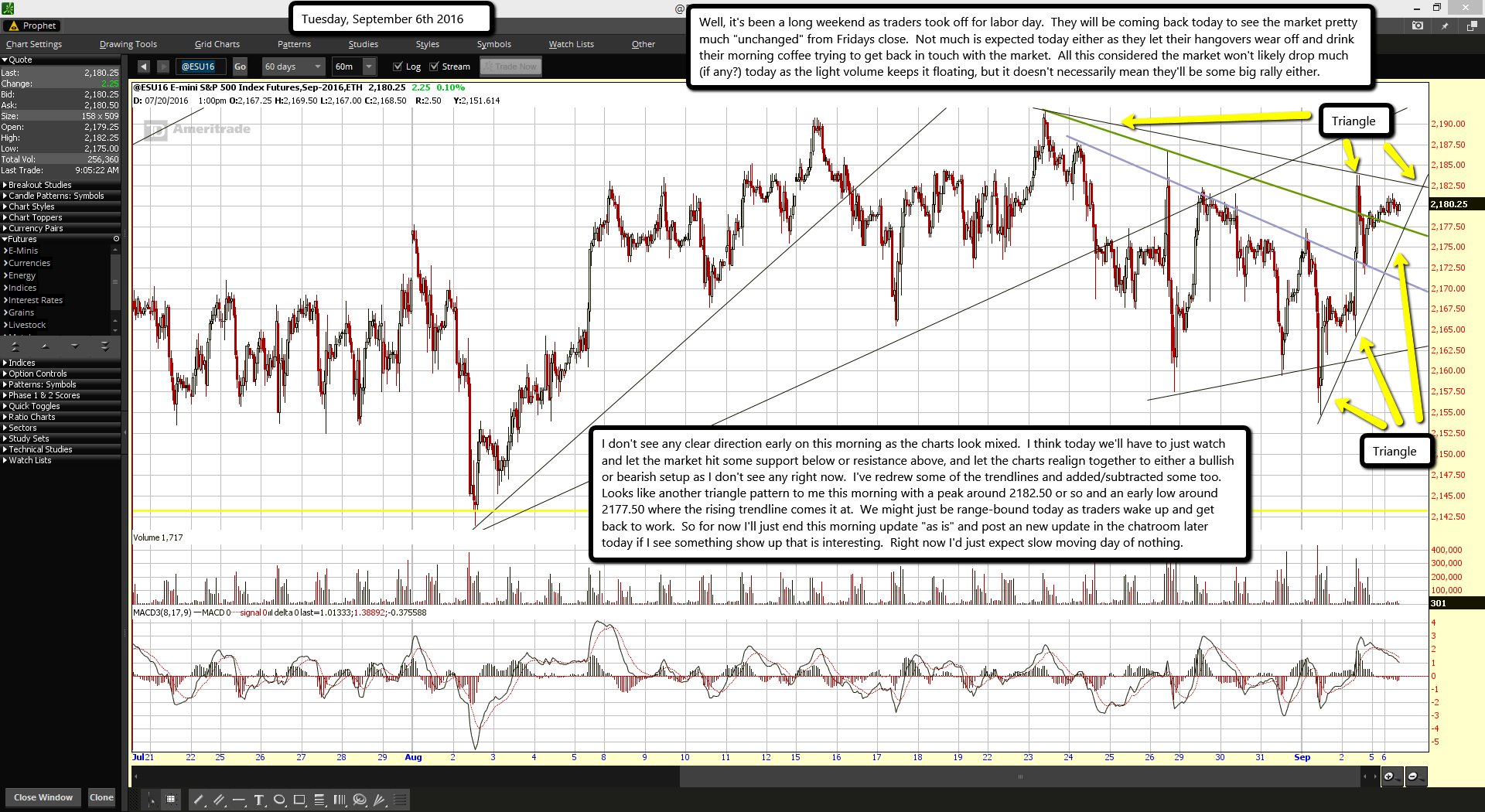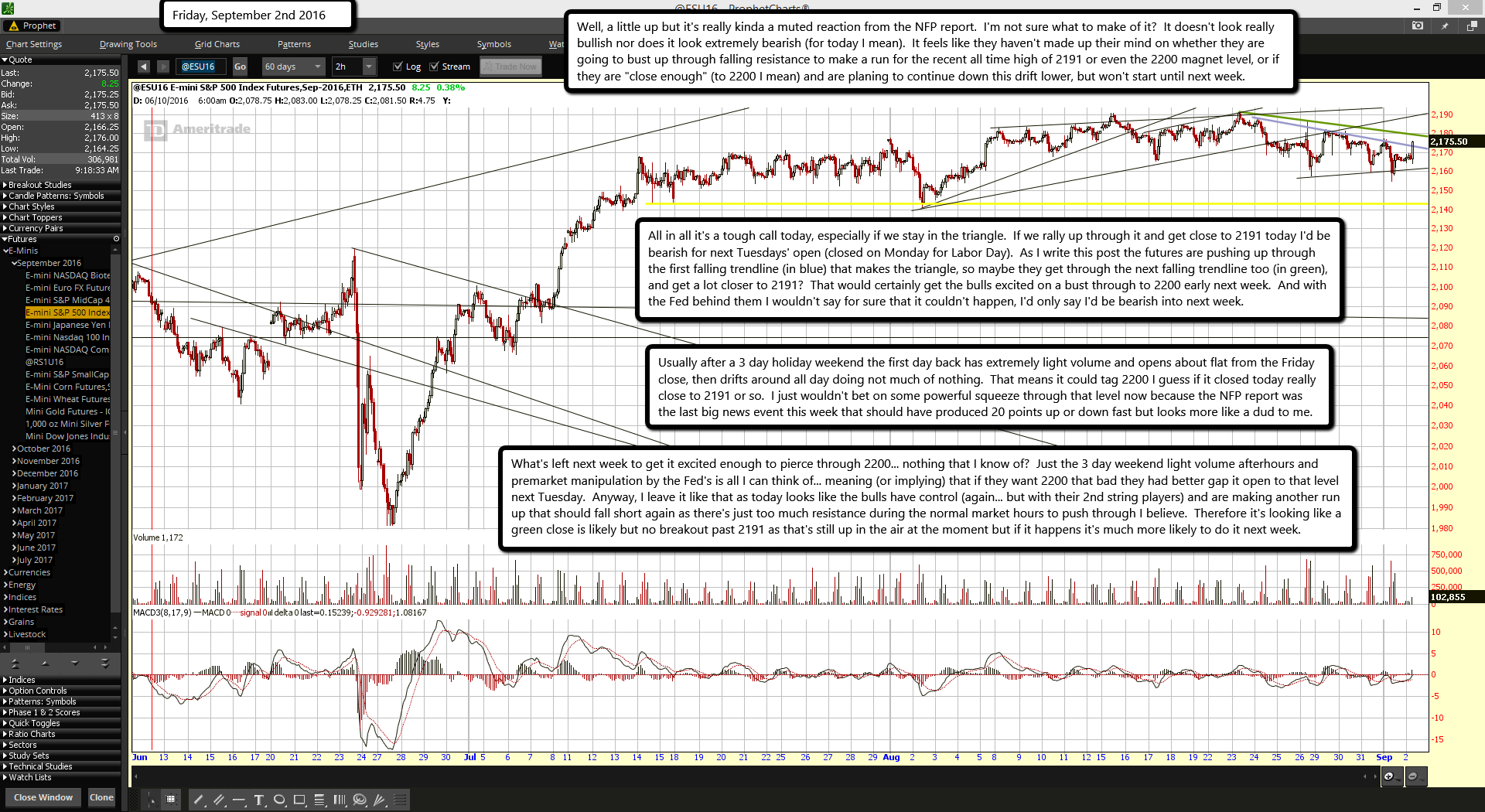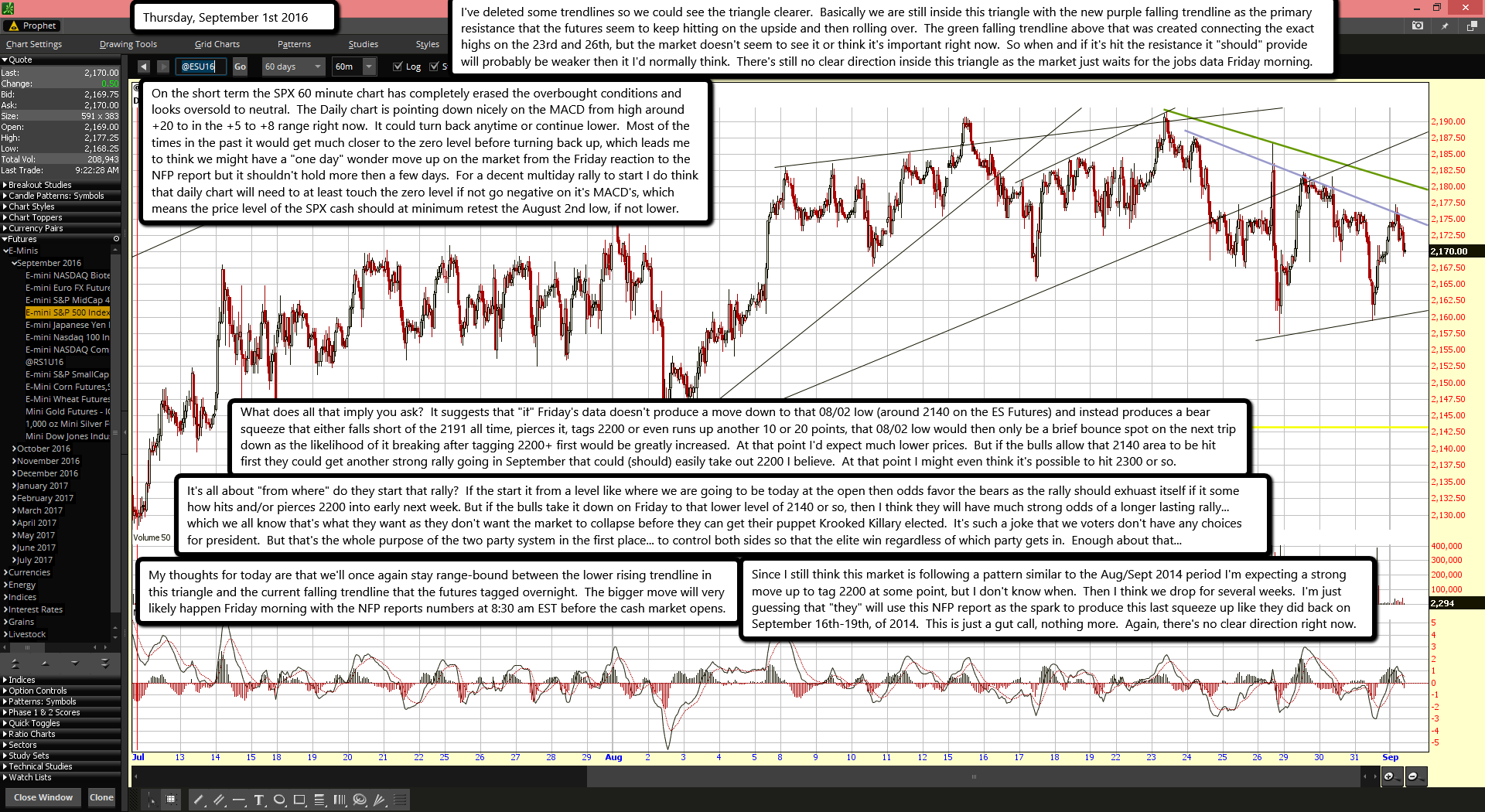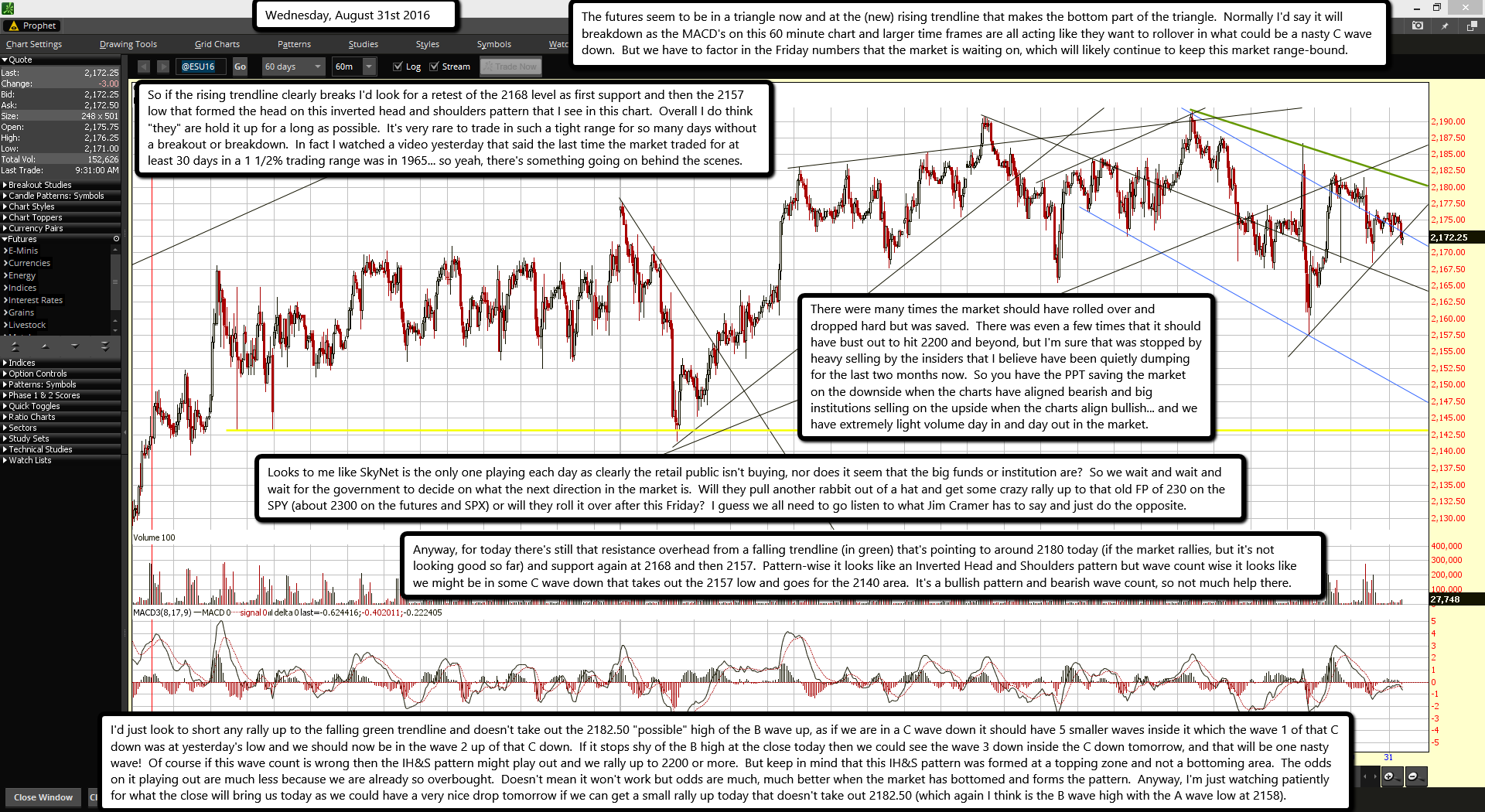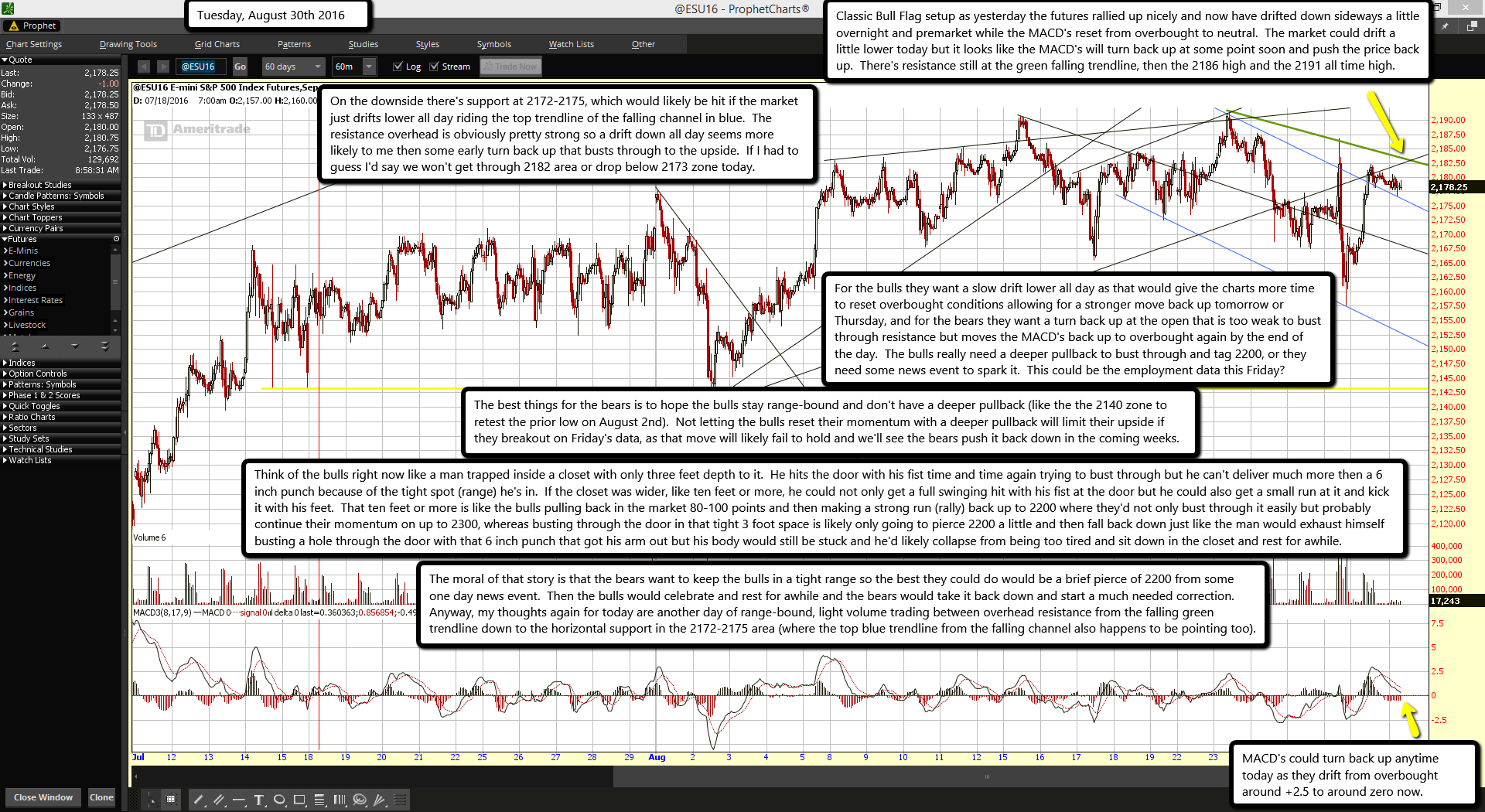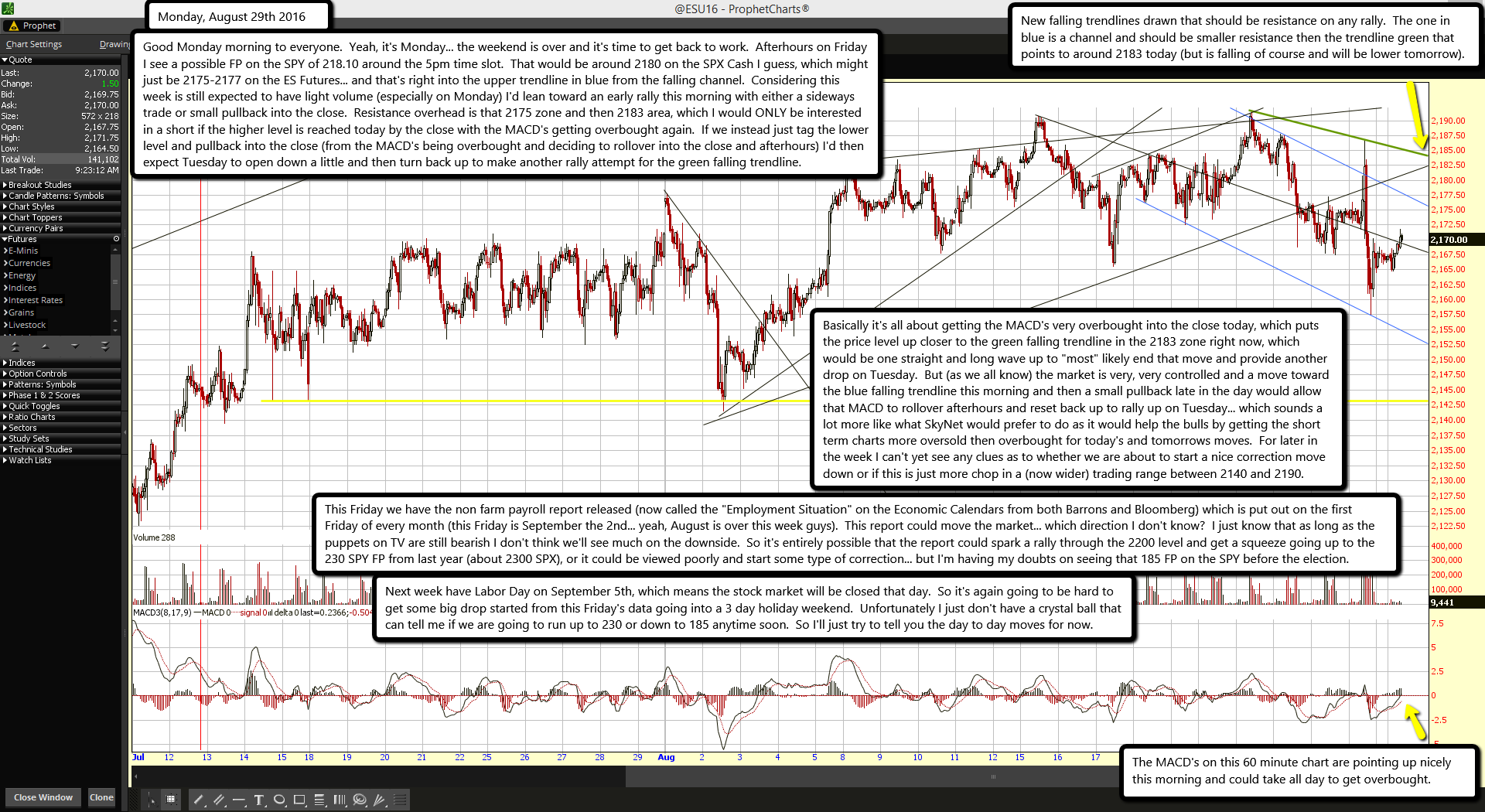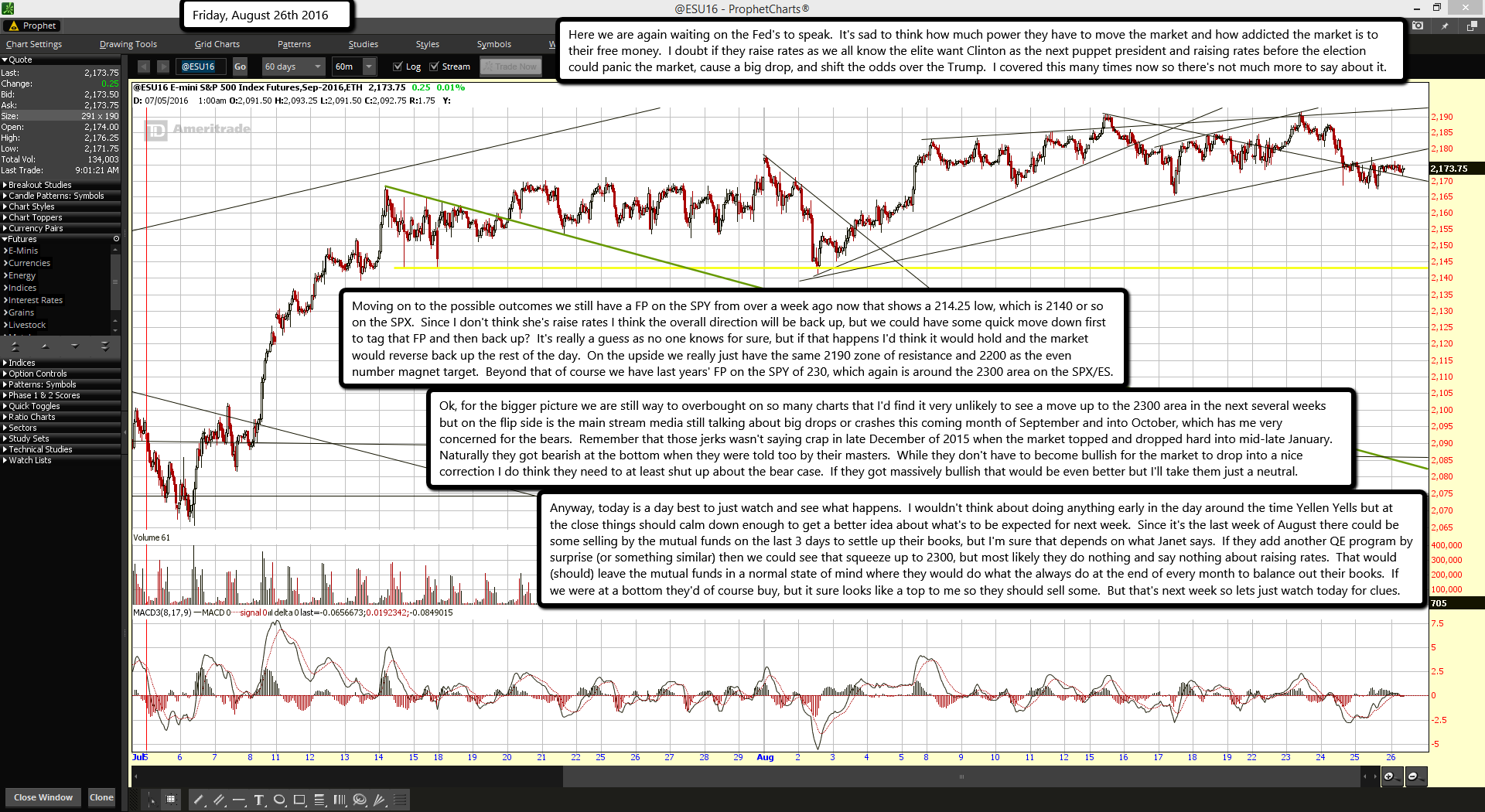
Negative interest rates are spreading like a virus. Central banks in the Eurozone, Switzerland, Sweden, and Japan all have below-zero policy rates. “NIRP,” as economists call a negative interest rate policy, is a desperation move—but the only move those central banks have.
The Federal Reserve hasn’t followed—yet. When the next recession strikes, I believe Janet Yellen will choose to break the zero lower bound. The rationale was laid out in Jackson Hole. Look behind the headlines and you’ll see the Fed already preparing for NIRP.
In theory, negative rates should encourage consumers and businesses to spend more freely and stimulate growth. It hasn’t worked out that way. NIRP just punishes savers and makes everyone miserable.
The Fed Moves Slowly
Major Fed policy changes unfold very slowly. Remember “The Taper” plan to end quantitative easing? Ben Bernanke first floated the idea in May 2013. It took until October 2014—a full 18 months—to finally end the bond-purchasing program. And then it was another 14 months before the Fed hiked rates with a baby step in December 2015.
The Fed shouldn’t let markets dictate its decisions, but we all know it does. They start hinting months, even years ahead of time in hopes markets will adjust slowly. Sometimes it works.
With NIRP, there’s another complication: The Fed hasn’t done this before. It needs to get ready.
Learning the NIRP Ropes in Jackson Hole
What better way to learn the NIRP ropes than from fellow central bankers who have actually done it? The Fed’s recent Jackson Hole retreat was an opportunity. And sure enough, they had a session on Negative Nominal Interest Rates.
The lead presenter, Marvin Goodfriend of Carnegie Mellon University, is an unabashed NIRP proponent. His paper “makes the case for unencumbering interest rate policy so that negative nominal interest rates can be made freely available and fully effective as a realistic policy option in a future crisis.”
Janet Yellen didn’t bring in Goodfriend for entertainment. She wanted to learn how to implement NIRP. Yellen’s own Jackson Hole speech had a footnote describing a monetary policy rule (to replace the Taylor Rule) that would have sent rates down to -9% in late 2008. It is clearly on her mind.
I believe the Fed wants to have NIRP as a policy option when the next recession begins. Having NIRP in the toolbox does not mean they will actually use it, but it does mean they haven’t ruled it out. The previously unthinkable is now fully thinkable.
Fed Staff Finds Legal Authority
Something else also suggests the Fed is considering NIRP. In congressional testimony last February, Janet Yellen said she had “not fully investigated” the legal issues of a negative rate strategy.
Asked again about NIRP in June, Yellen stated flatly the Fed does have legal authority to use negative rates. She denied plans to do it, but said there was no legal barrier.
So what happened between February and June?
It sure looks like the Fed’s counsel developed some kind of legal justification for NIRP. That doesn’t mean they will do it, of course. It does though strongly suggest Yellen wants to have a NIRP contingency plan ready to pull out if necessary.
Yellen Is Ready for NIRP
I don’t think Yellen will take us down to -9% like the model in her footnote describes. I do think she is mentally prepared to go below zero if she sees no better alternatives that fit within her economic philosophy. I feel very confident she and her colleagues won’t take rates much higher from here. I think we will see 0% again and then lower before we see +2%.
Look, a recession is coming. This recovery, feeble as it has been, is already long in the tooth. I think we have the real potential to enter at least a mild recession no later than the end of 2017 triggered by events in Europe. What will the Fed do then?
They are making those plans right now. If you think 2008–2009 was a wild ride, then fasten your seatbelt. The next crisis will be even wilder.
Last week, Fed vice-chair Stanley Fischer brought the Orwellian “Negative Interest Rate Policy” a step closer to American reality with his endorsement of the unconventional and economy-destabilizing tactic inherent in his comment that “it seems to be working.”
While that comment in and of itself seems innoccuous enough, could it be that the Fed is actually getting ready to repress Americans financially by foisting the policy onto them?
Arizona-based economist John Mauldin seems to think so. In a recent contribution to Yahoo Finance, he opined, “I believe the Fed wants to have NIRP as a policy option when the next recession begins. Having NIRP in the toolbox does not mean they will actually use it, but it does mean they haven’t ruled it out. The previously unthinkable is now fully thinkable.”
Mauldin isn’t the only market commentator who thinks the Fed is starting to think the unthinkable.

Perennial Fed critic Peter Schiff of Euro Pacific Capital also thinks the Fed is running out of options, and that Zero Interest Rate Policy will soon morph into Negative Interest Rate Policy.
Related
“The Fed is going to go negative because they want to do something stimulative to try and boost the economy so the Republicans — or someone like Donald Trump — don’t just walk away with the election,” Schiff told Business Insider in January this year.
Advertisement
While Fischer himself suggested that the Fed was not needing to look at negative rates for the United States because it wasn’t required, economic numbers going into the September meeting, including jobs data and the Institute for Supply Management’s manufacturing index.
Bloomberg reported that “Signs of softness have caused markets and economists to walk back their expectations of an imminent rate increase time and again — and market-implied probabilities of a rate hike are basically in line with where they were last September.”
Election on the horizon
With the November federal election a mere two months away, will the Fed risk a volatile reaction in markets ahead of that date? It is extremely unlikely, given that the entire political establishment is on tenterhooks over the possibility that Trump could walk away with the election. The last thing Fed chairman Janet Yellen will want to be seen doing is providing ammo to Trump as the rhetoric heats up closing in on election day.
So that leaves December as the next date toward which “will they or won’t they” speculation can be directed. Should Trump prevail, the ensuing economic turmoil would certainly cause a negativization of interest rates in the U.S., as central bankers are forced to deploy the only new weapon in their arsenal since stimulus.
But what are the chances of a Trump win? While polls suggest it is a near impossibility, the Brexit outcome should serve as a warning against being too smug in one’s certainty of the result.
James West is an investor and the author of the Midas Letter, an investing research report focused on Canadian markets. The views expressed here are his own and are presented for general informational purposes only — they should not be construed as advice to invest in any securities mentioned.
Related:
Negative rates will stay for another five years, JPMorgan warns
Equity valuations between Japanese and European banks will converge with quantitative easing (QE) programs and negative interest rate policies set to continue for the long term, according to a team at JPMorgan.
"QE reduces lending rates to negative and we are going to expect negative lending rates until 2021," Kian Abouhossein, head of European banks equity research at JPMorgan told CNBC Tuesday.
"So as long as that is the case, margins will not improve. Sixty percent of revenues is net interest income and as long as that's the case earnings will not improve. So return on equity is very low."
European banks are more akin to their Japanese counterparts and less like Wall Street, warns JPMorgan, who has detailed how a negative interest rate policy has led to ongoing pressure on revenues and profit margins. Europe has seen a balance sheet recession since the economic crisis of 2008, it said, highlighting that a 10.9 percent increase in reserves at these banks has failed to increase lending to the wider economy.
"QE has worked initially and helped to stabilize asset prices, and to lower funding cost for banks …. However, the secondary long-term effects of QE are manifesting themselves in the form of pressure on revenues for European Banks with customer margins in euro area declining from 2.5 percent in 2011 to 1.8 percent in 2015," the report said.
The European Central Bank (ECB), the Danish National Bank (DNB), the Swedish Riksbank, and the Swiss National Bank (SNB) have all pushed key short-term policy rates into negative territory. A negative interest rate policy, or NIRP, essentially charges banks to hold cash at a central bank in the hope that they will instead lend to the real economy. Many expect banks to pass on this disincentive to save to its customers by trimming rates or by ramping up borrowing costs. The policy is increasingly being seen as a viable option for central bankers after Japan's move below zero earlier this year.
While this stimulates growth in some cases, negative rates put pressure on other sectors of the economy. A number of leading analysts have called for a balance of monetary and fiscal measures in order to slowly get the economy out of "QE infinity" – a paradox whereby low rates and seemingly endless rounds of bond-buying programs encourage cheap borrowing.
Alberto Gallo, head of macro strategies and manager of the Algebris Macro Credit Fund, told CNBC last week that for the global economy to exit this QE infinity trap, government action and reforms to improve productivity are needed.
"Many governments are reluctant to accept the need for these measures, often instead implementing policies that win votes but compound the distortions of easy monetary policy e.g. housing affordability programmes, mortgage subsidies," he said.
Without an adequate fiscal response from governments, growing imbalances make it harder to withdraw stimulus, warned Gallo.
However, profit margins are not the only problems that banks in Europe are facing currently.
"There are two factors," Abouhossein told CNBC. "Operationally it is cost cutting and second is finding a price for non-performing loans. Non-performing loans need to come off the balance sheet. We have 700 billion euros($781 billion) of non-performing loans, half of that in southern Europe, 30 percent in Italy so we need to clean up."
Italian policymakers and European Union (EU) officials have been pondering how to improve Italy's fragile banking system in recent months, which has been bogged down by non-performing loans estimated to total around 360 billion euros ($401 billion).

